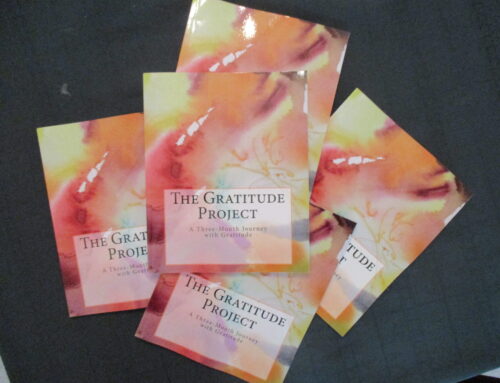Do you remember the “Magic Eye” craze of the late 80s? It was abstract artwork that had a hidden 3-D picture if you stared at it the right way. If your eyes could change their focal point, the so-called random colored markings would line up and reveal a completely different 3-D image. One of the coolest parts about this is the exact moment when you sense the shift in your eyes/brain and the image appears. Here’s an example of an image and the “answer” from the Magic Eye website:
I talk about this concept with art students when they struggle to draw a picture with a lot of depth perception. Their challenge is the opposite: to shift from seeing depth (almost 3-D) and drawing it on a flat 2-D surface. For example, how to start a drawing of this photo:
 What’s exciting is the moment when they feel the “shift” happen in their own eyes and brains. They suddenly are able to see just lines and shapes rather than a path receding into the distance. Essentially the brain has shifted from left to right, giving a new perspective.
What’s exciting is the moment when they feel the “shift” happen in their own eyes and brains. They suddenly are able to see just lines and shapes rather than a path receding into the distance. Essentially the brain has shifted from left to right, giving a new perspective.
 Look at this line drawing. Let your brain shift back and forth between seeing it as a flat image (something like a weird alligator head) and seeing it as the shoreline of a lake. (see below) Embrace the process in your head.
Look at this line drawing. Let your brain shift back and forth between seeing it as a flat image (something like a weird alligator head) and seeing it as the shoreline of a lake. (see below) Embrace the process in your head.
Even if you are not aspiring to be an artist, this is a great exercise to work your brain on both sides. Grab a scrap of paper and make a very simplified drawing of just the main lines from the picture of the lake. While you are doing it, try to feel the “shift” happening in your brain. Wouldn’t it be nice to be able to “shift” your brain at will when you need a different perspective to solve a problem?
Try making a line-drawing of the two kids hiking or the shoreline and then tell me about what happened in the right side of your brain.





